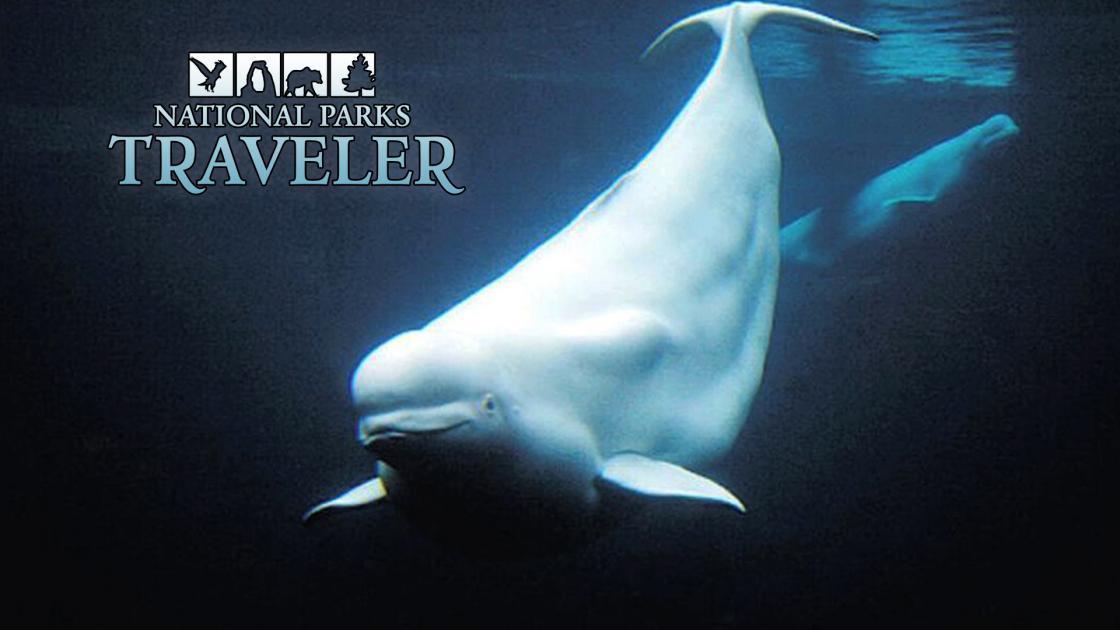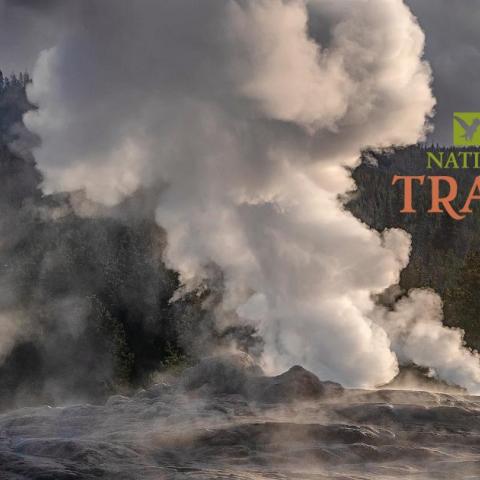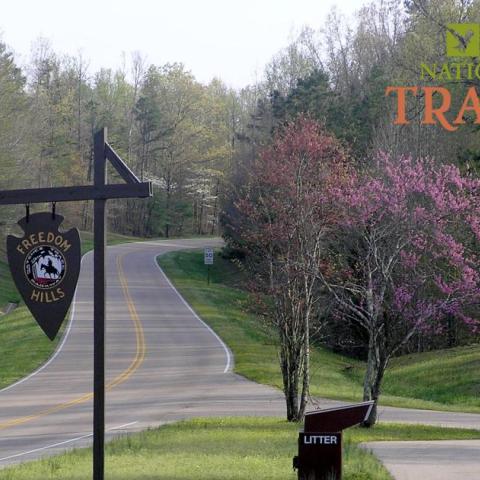We are not alone in this world. We share it, obviously, with wildlife and marine life, and the vegetation that grows on land and in the oceans. How we treat those landscapes can have detrimental impacts to those other life forms. The push to sink a sprawling open-pit copper and molybdenum mine near Lake Clark National Park and Preserve and Bristol Bay in Alaska has raised more than a few fears of how it might impact the lands and waters in that region.
While much has been said about how the mine might impact Bristol Bay’s rich salmon fisheries, what about beluga whales? What is behind the rapid decline of beluga whales in Alaska’s Cook Inlet, a 180-mile-long body of water that runs southwest from Anchorage along a number of national parks, national wildlife refuges and wilderness areas to the Gulf of Alaska?
Is it climate change, environmental stressors, or a combination of both? And how does their health compare to beluga populations in other Alaskan waters? These are questions a beluga specialist team from Mystic Aquarium in Connecticut plans to tackle as it embarks on a study to see what’s causing the lack of recovery in this critically endangered mammal.
National Parks Traveler’s Lynn Riddick touched base with Doctor Tracy Romano from Mystic Aquarium to get a general picture of beluga whales and what they’re up against in their struggle for survival in Alaska’s Cook Inlet.












Add comment